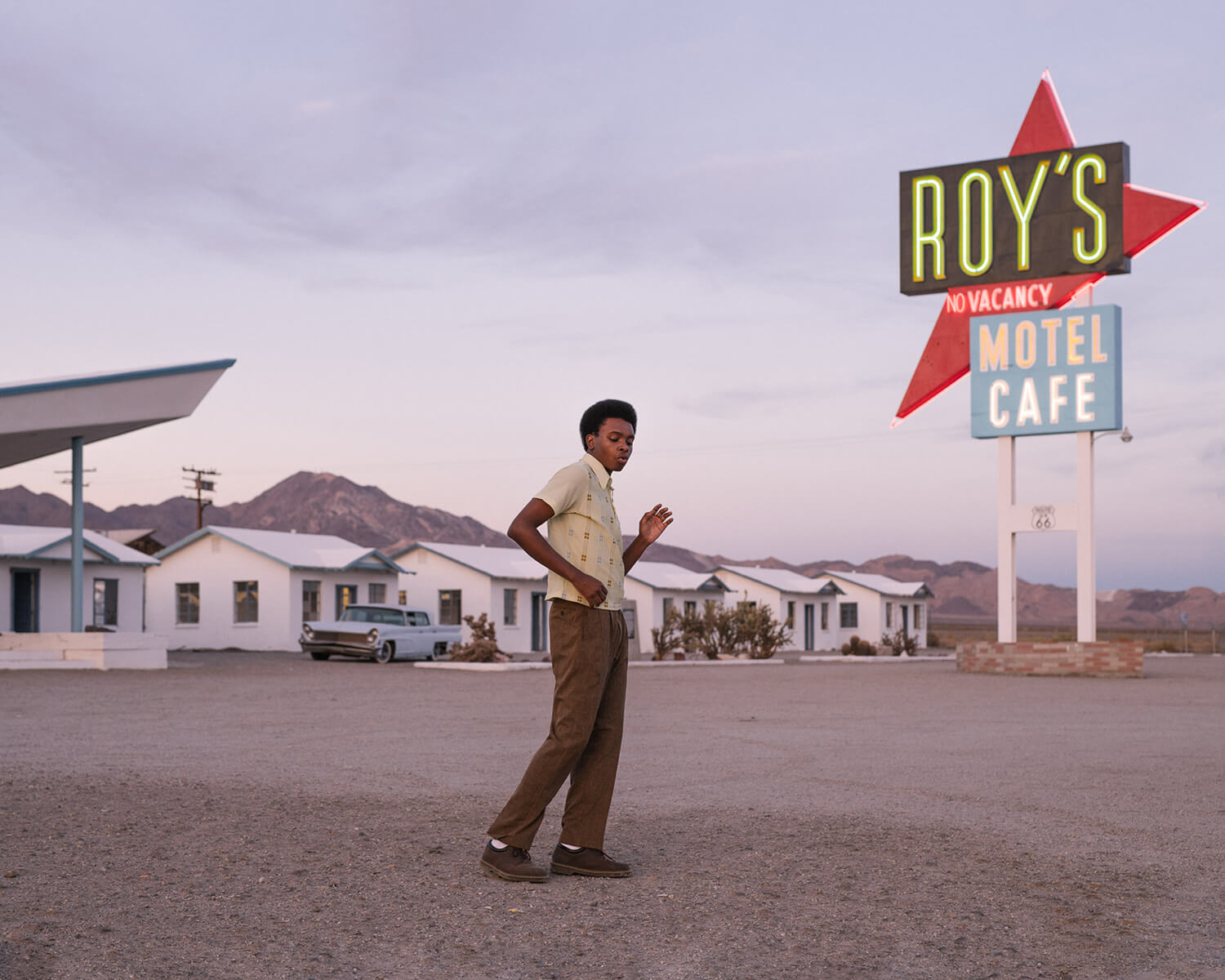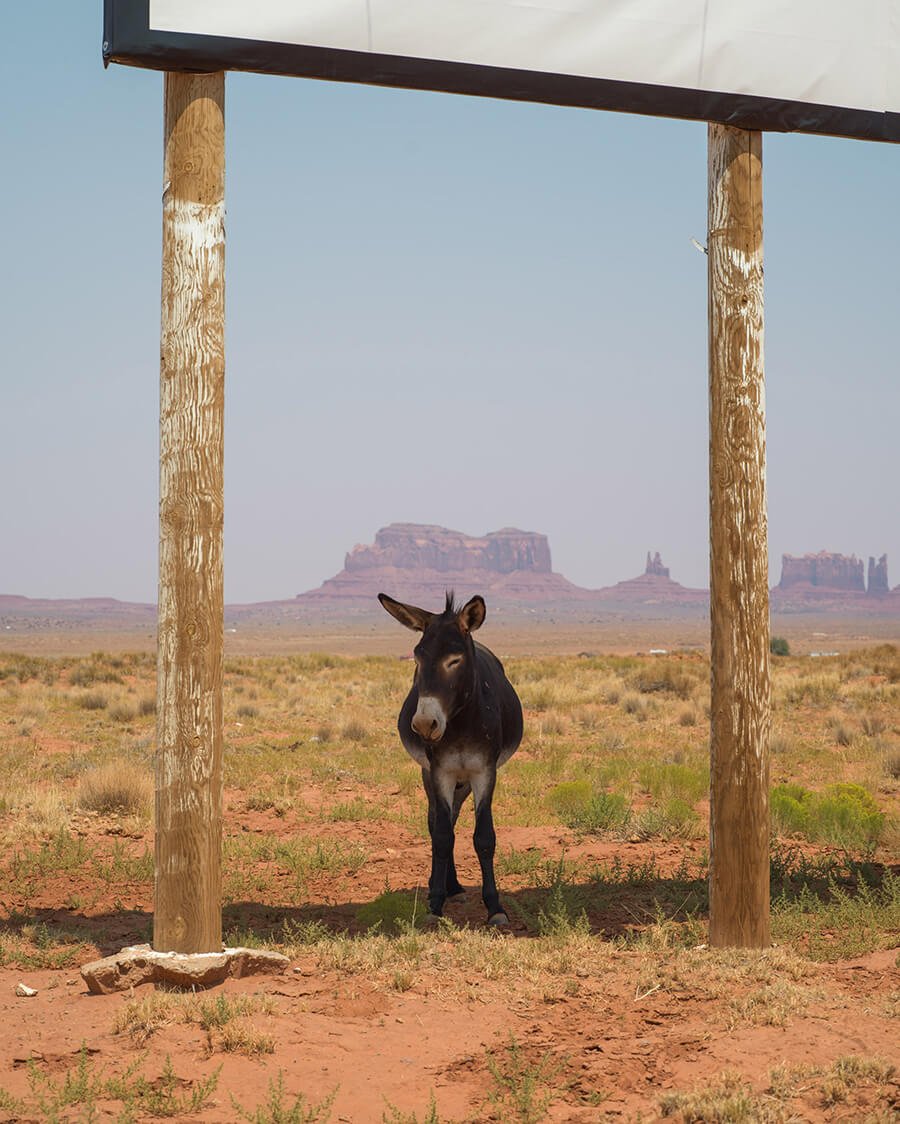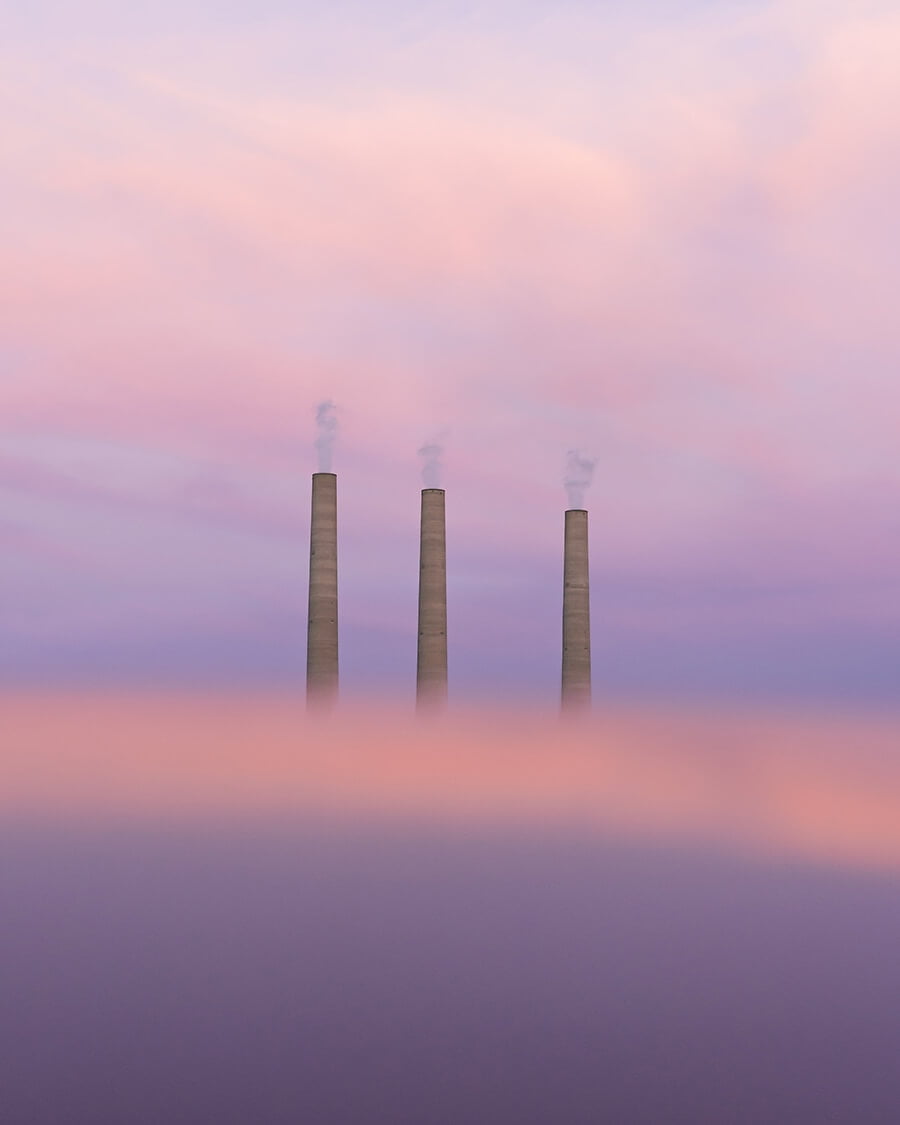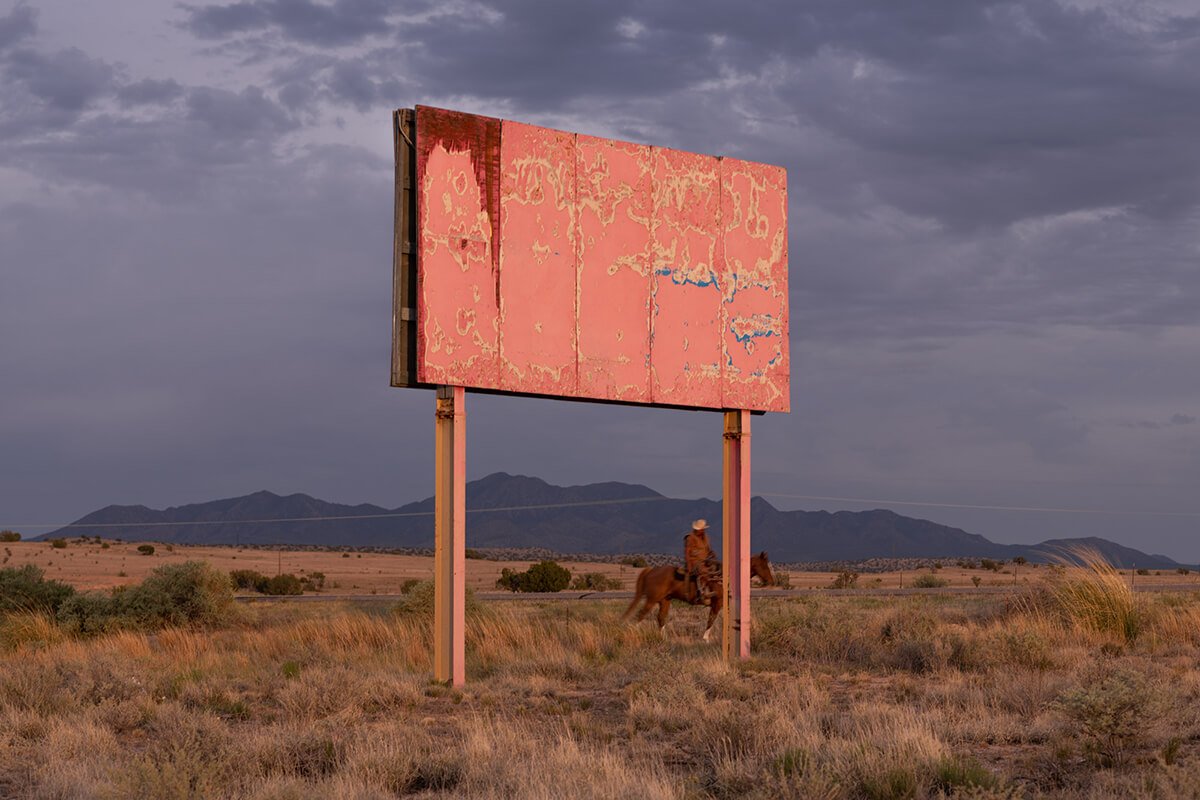INTERVIEW
A Longing for Being Out There
WITH DINO KUŽNIK
An interview with Dino Kužnik
“I grew up in a young country that shaded its socialist past and embraced the Western world’s capitalism. This had a significant impact on me.”
Dino Kužnik is a Slovenian graphic designer-turned-photographer based in New York, whose work explores solitude and human impact on the natural world, and is created through a total immersion within the environment in which he works.
His new book DINO is the fifth in an ongoing collaboration between Setanta Publishing and Open Doors Gallery which aims to champion the work of emerging art photographers. To celebrate its release (which you can find here) we put some questions to Dino, and his responses – covering his longing for freedom, his photographic approach, and his formative years in Slovenia as it transitioned from socialism to capitalism – are well worth a read alongside his beautiful imagery…
Hi Dino. Thanks for agreeing to answer some questions with us. First up, could you tell us a little bit about this collection of images you’ve brought together for this publication?
Thank you for having me! When selecting photographs for this publication, I spent countless hours in my vast archive, which spans back to 2014. I selected some older unpublished photos and some new ones that were made on my first road trip after the lockdown in New York. Call it a longing for “being out there again” to explore and produce more work. This series of photographs is still very personal, and I see it as a closure of the work that started with my first hardcover, Shaped by the West, but expands through just the western states and delves a little bit into my commercial work too.
How did the collaboration come about?
Setanta books reached out to me and asked if I wanted to publish with them for their bi-annual release. My friend Arnaud Montagard published his first hardcover with them, so I was quite familiar with them, and I was excited to do it.
Generally speaking the locations of your images are ambiguous, but they seem to encompass a broad geography – suburbia, prairie land, oceans, desert… how do you find your locations? And what’s your image-making process once there?
For five years now, my process of taking photographs was an escape from everyday life in New York City (and before 2015 from San Francisco). When I was still working as a graphic designer at a 9-5 job, I would take vacation days and fly out, rent a car, drive and photograph. I knew what areas I wanted to visit – but didn’t plan anything else rather than destination A and destination B – everything in between was completely spontaneous. This was a therapeutic escape, which was extremely rewarding. It made me very focused and more alert with my surroundings having no distractions, no stress, or restrictions. I would document everything that sparked my interest —the whole process being focused on me and my attraction to these subjects. This eventually turned into self-analysis, and I realized that in big part, my upbringing in Slovenia was very much tight to the American symbolism that I was so attracted to photograph. We became a democratic republic in 1991, and the flood of westernization came. I grew up in this flood, and it had a significant impact on me.
I compiled a lot of this work into my first book called Shaped by the West, but I always felt that I want to show more of it, not only the work done on the West but also on the East coast and some commercial work – and the zine was a perfect chance to do that.
My photography approach is a lot more focused nowadays as I don’t want the future series to be so personal, but this sort of approach is so emotionally rewarding to me that I still do it at least a couple of times per year.
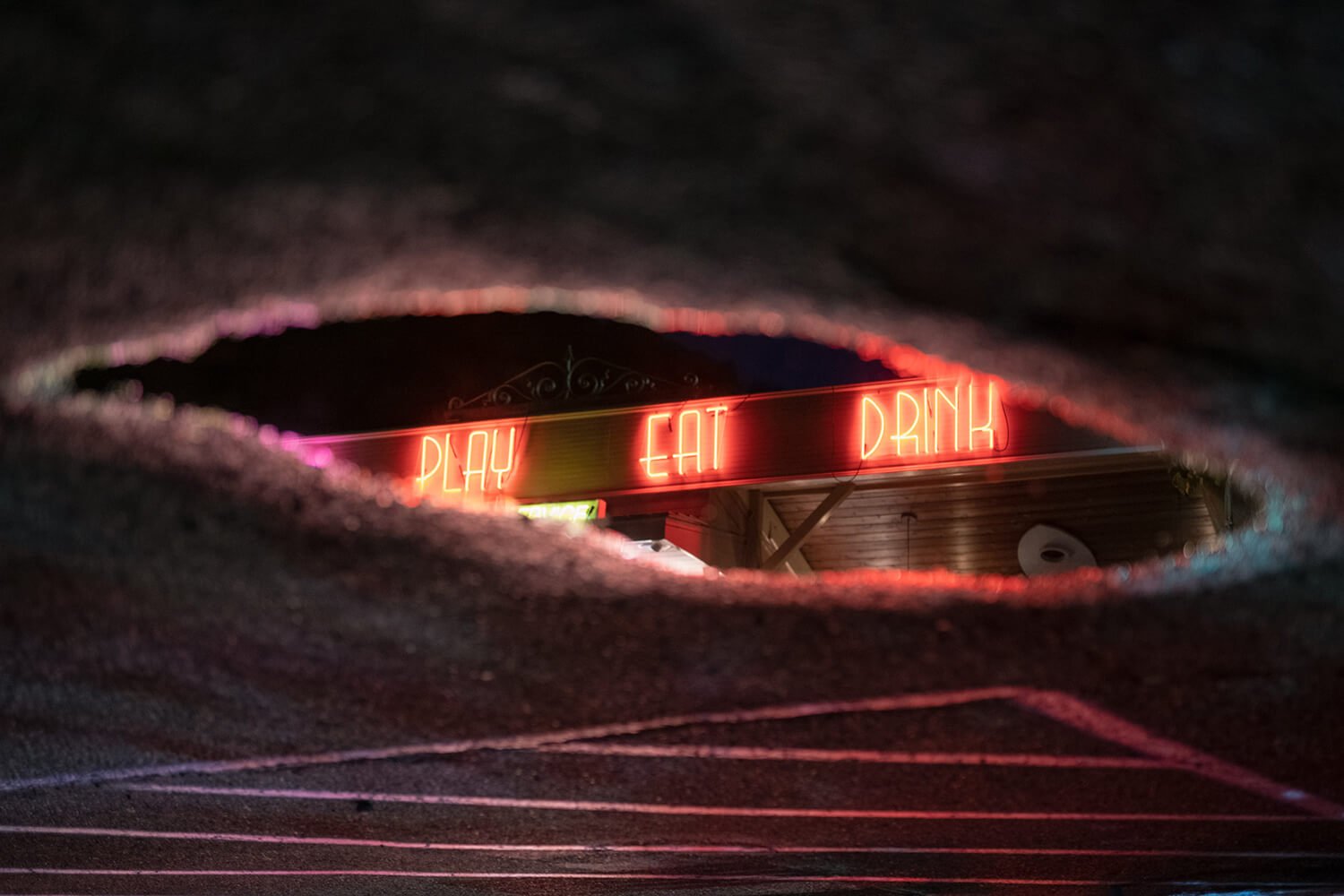
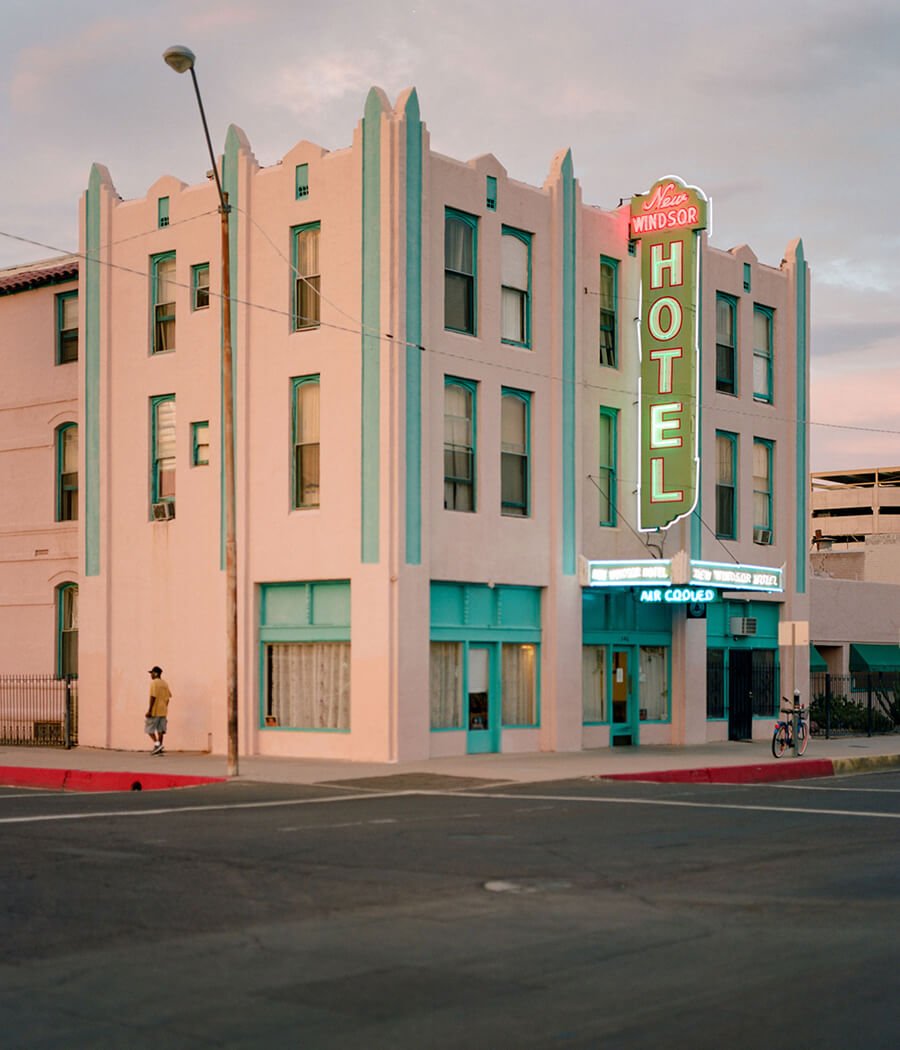
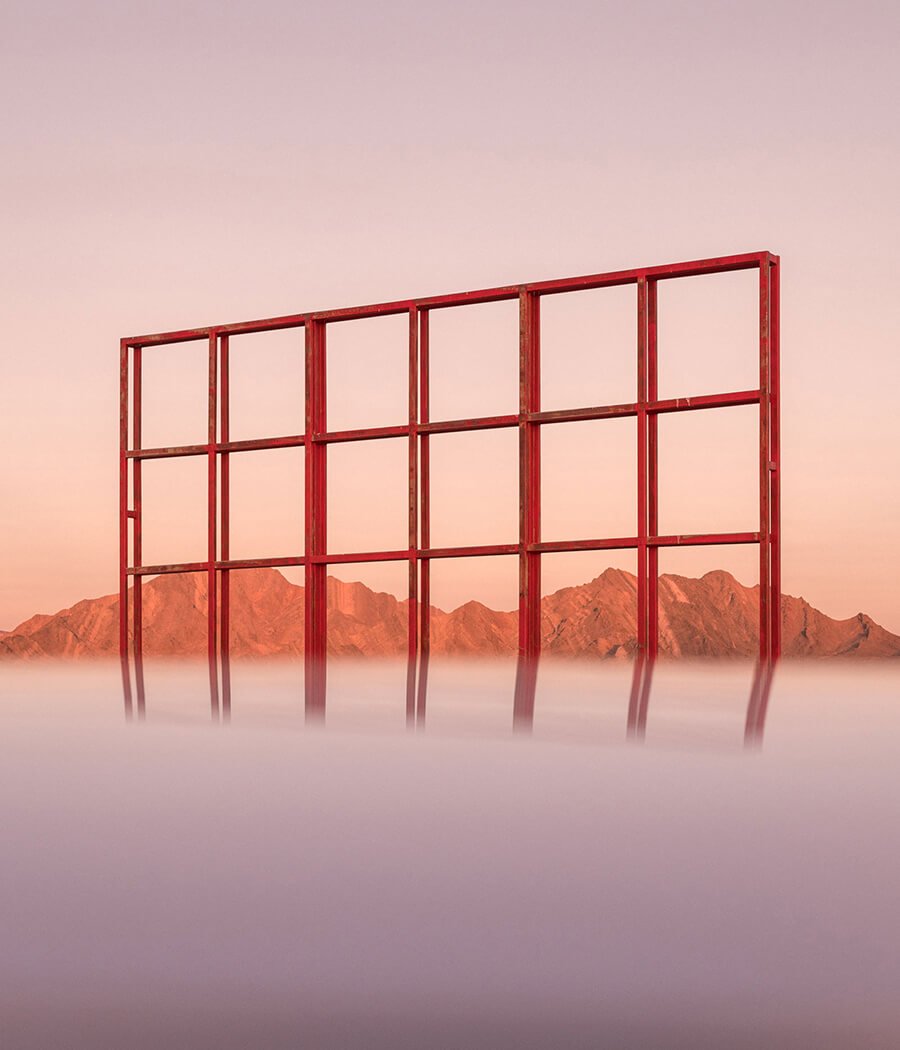
There’s a sense of solitude and quiet that runs through the images. Occasionally we see a single figure, but more often than not, the scenes are devoid of direct human life. Tell us about this stylistic decision. Is this search for solitude a response to hectic daily life in New York, or is that analysis too simplistic?
In part, you are correct, as these road trips were an escape and brought me much needed peace of mind, so they reflect my state of mind. But it was a conscious choice not to include them in the photographs and show that even the most mundane scenes hide beauty if you look for it, and this is shown best by making these scenes devoid of humans and directing attention elsewhere. I was also inspired by the movement New Topographics quite a bit, so that may be an additional reason I subconsciously focused more on these kinds of scenes.
Many of the images seem to describe a faded American glamor – that of motels, diners, and muscle cars… is that a conscious theme?
I grew up in a young country that shaded its socialist past and embraced the Western world’s capitalism. This had a significant impact on me. With Slovenia’s independence, the door was opened to a flood from the West. I still remember the day when we first got cable TV, and instead of 5 programs, there were now 50 to choose from. The stores were suddenly full of new products, literature, music that were not available before or were only available abroad. Growing up during this time sparked an interest and fascination with American symbolism, music, movies, subcultures, the American dream, and many other American exports. So later in my life, this was expressed with an attraction to photographic subjects of American nature. This theme came very much subconsciously, and like my photography style evolved organically. But I did manage to realize why with self-analysis when working on my first hardcover book.
Tell us a bit more about a couple of your favorite images from the book…
I don’t have a favorite, but I do have very fond memories of creating a lot of the photographs. The photograph Natural Frame (tree in the lake in Louisiana) was one of those memories. I was driving after a long day of photographing and was feeling quite uninspired by the surrounding area – Louisiana’s swamps did not have the same effect on me as the desert has. I had enough of driving and just stopped on the first possible right turn … this is where I stumbled upon this zen place along the lake. It was indeed a magical experience … the area had bell towers that would ring melodies, there was an overgrown shack with nobody home, and the lake’s view was terrific. I spent some time there and took just a few photographs.
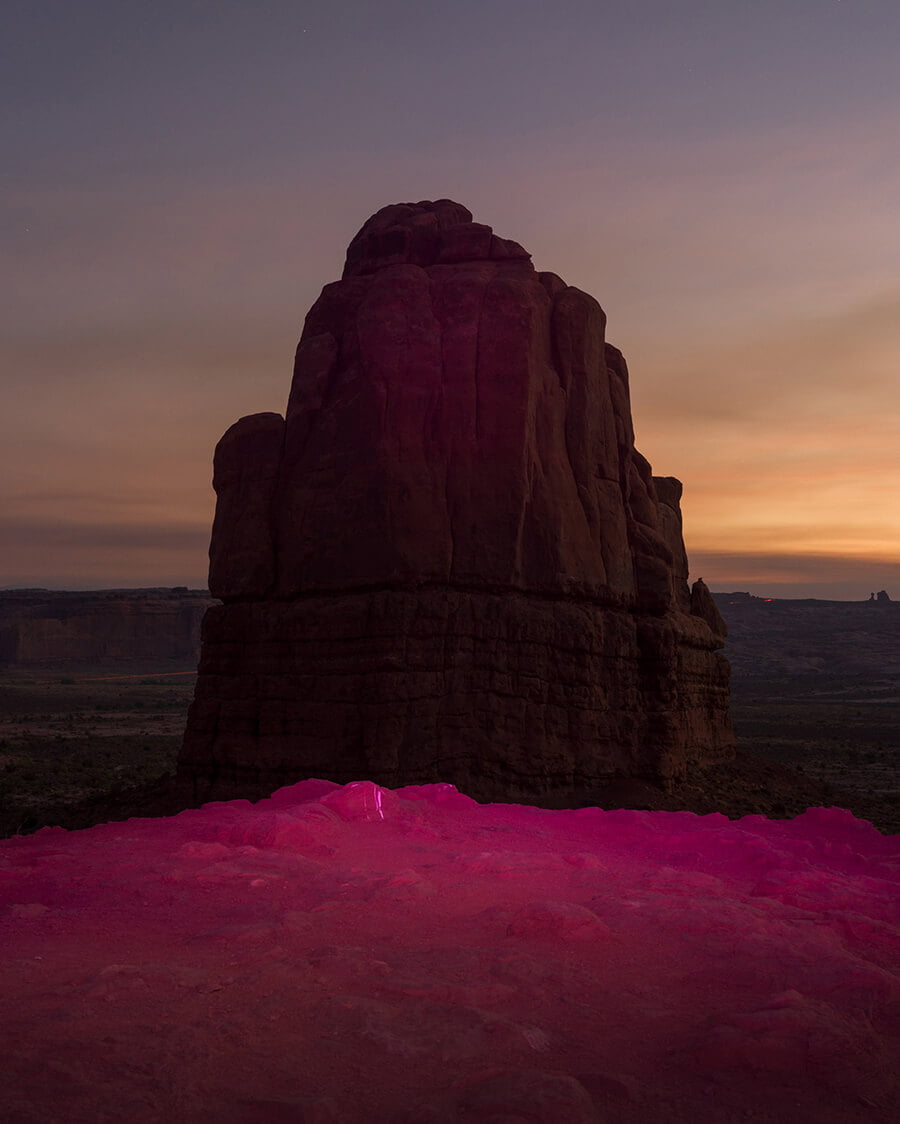
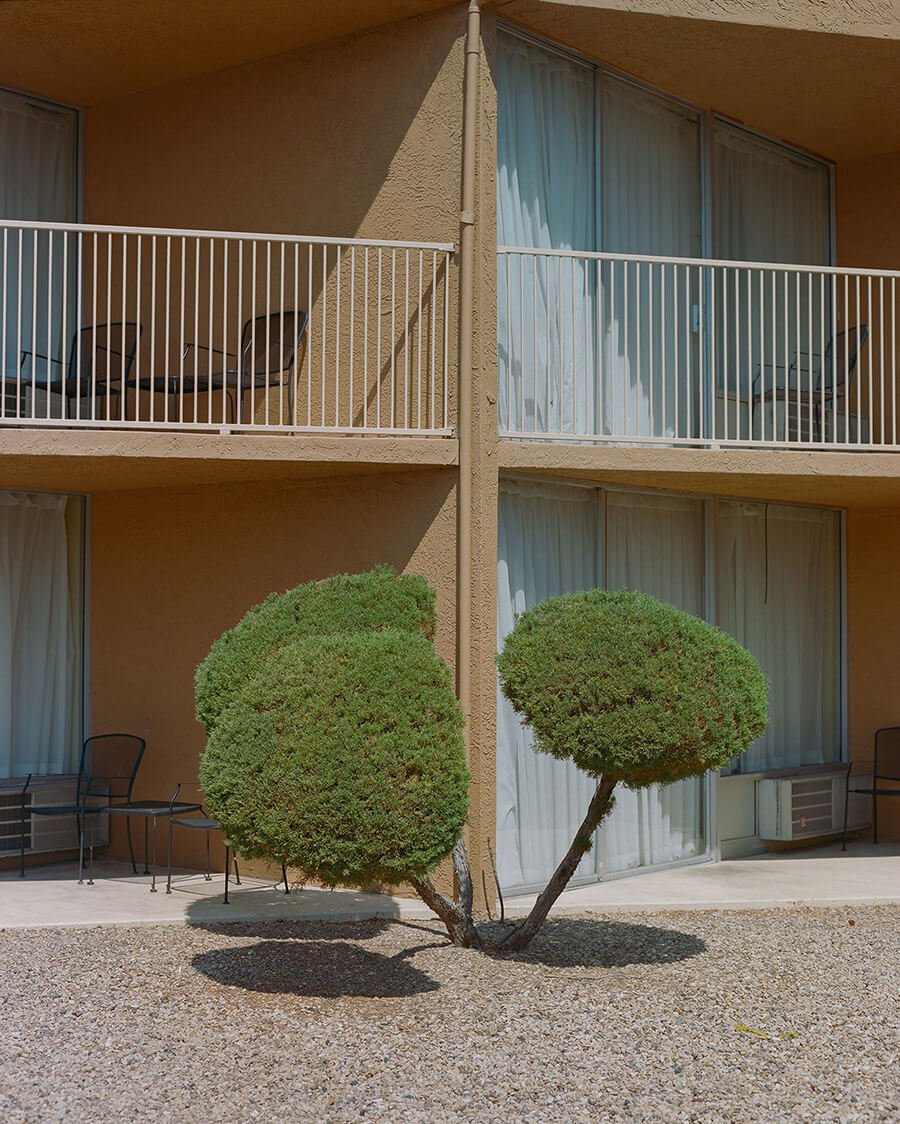
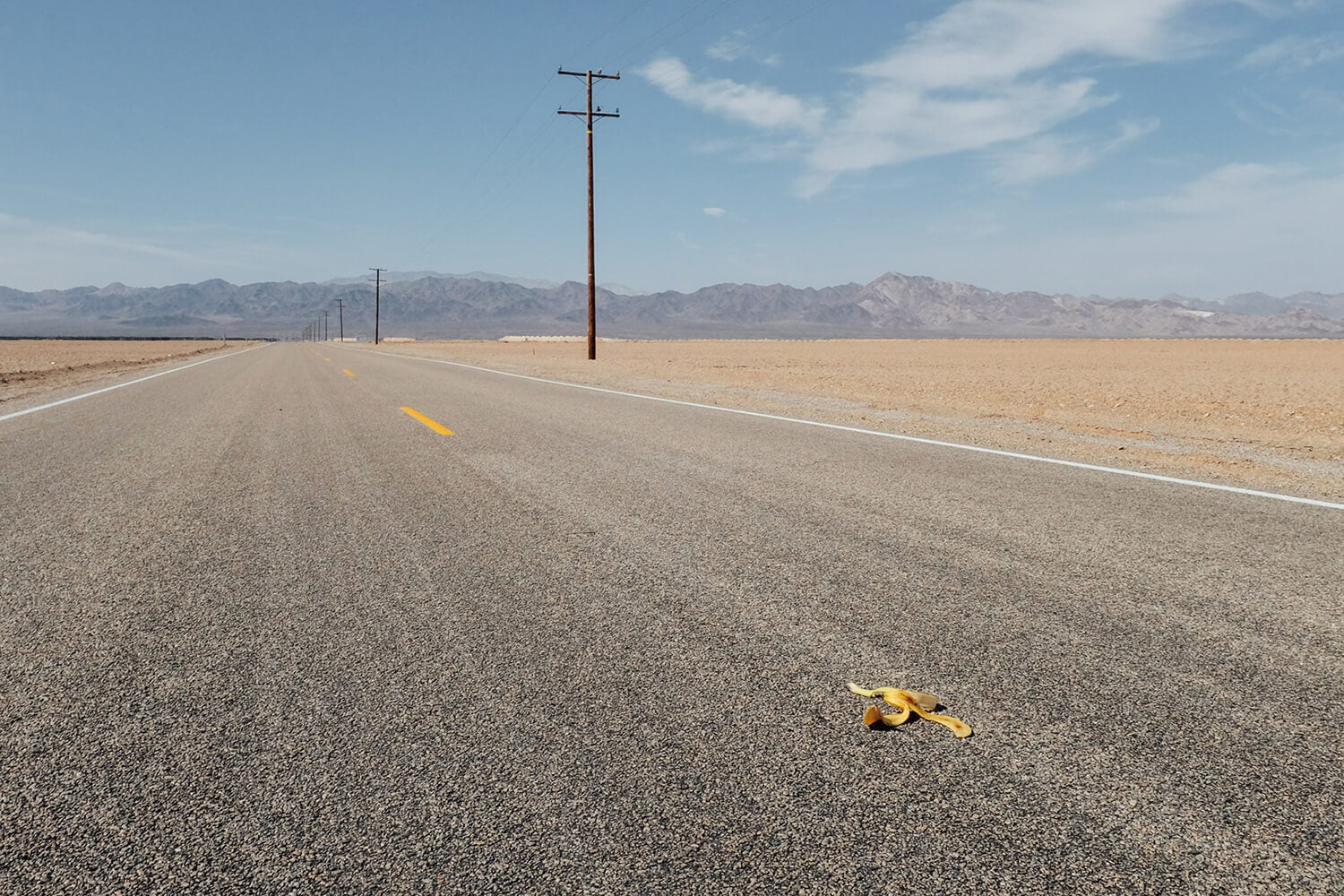
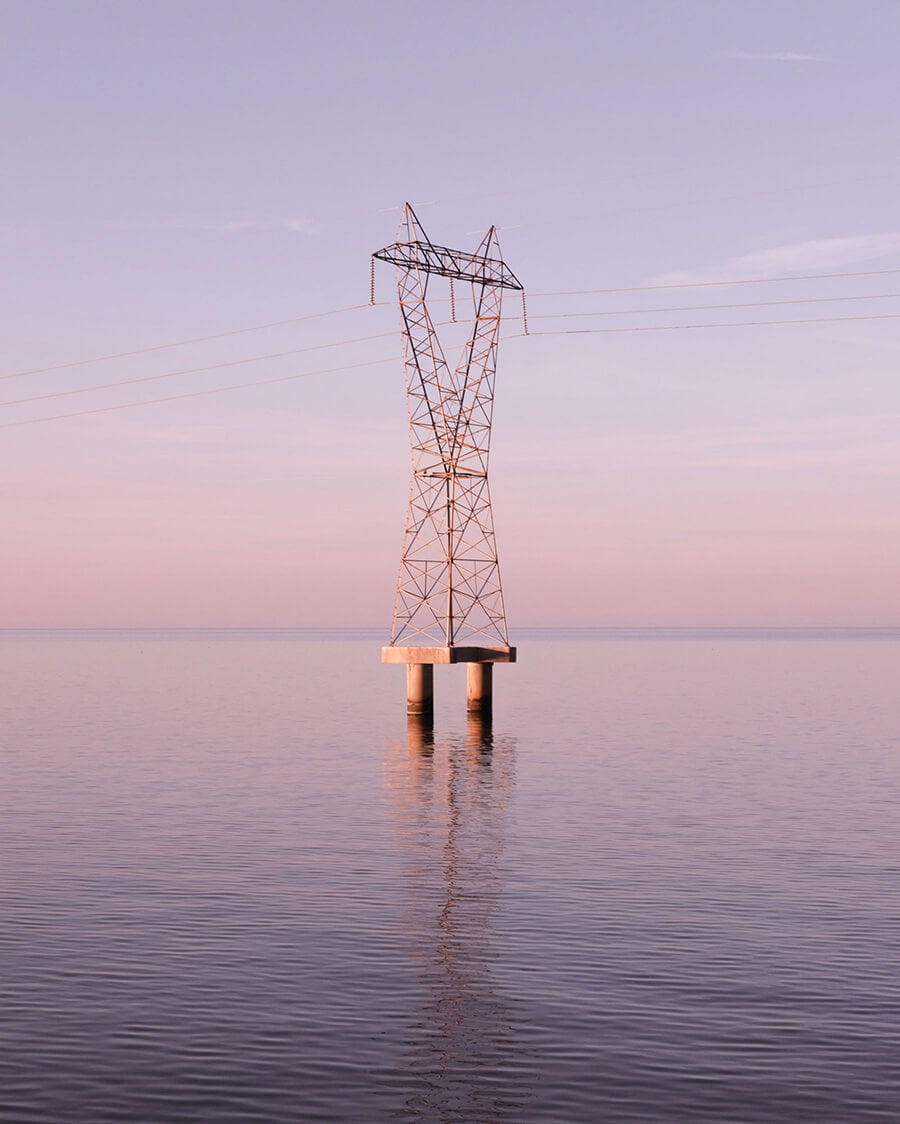
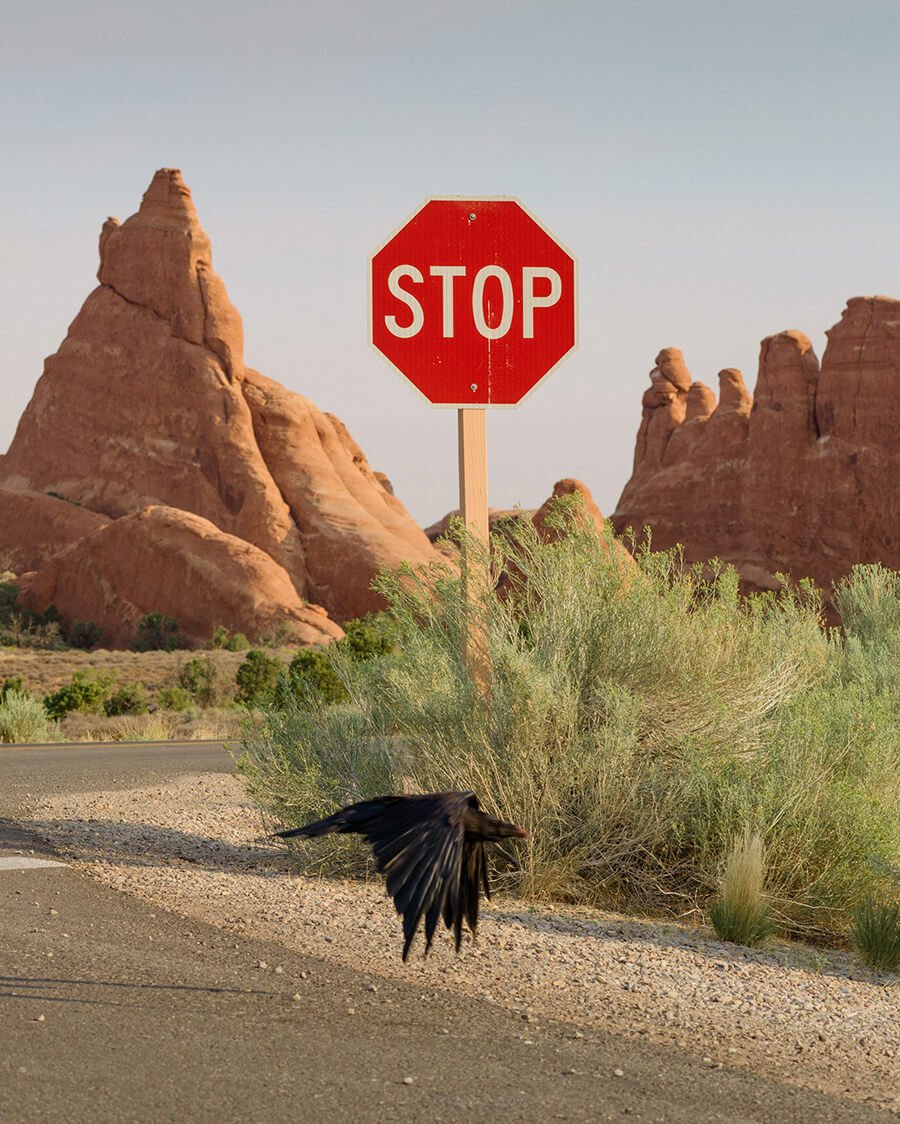
How was the book-making process? With your experience as a graphic designer, did you have distinct ideas in terms of layout and presentation?
Setanta has a distinct graphic design style they follow with the publications, so I just chose the cover’s color, and the selection of the photographs was also done in tandem.
And finally, Setanta and Open Doors describe this collaborative series of publications as being “borne out of the chaos of 2020 and the hard times being endured by artists all around the world”. How was your 2020? What did you take from it, and what do you hope 2021 holds?
It was a challenging year. I am so very grateful for being healthy and that my family and friends are too. I started my own photography freelance path in 2019 after 7 years of the graphic design profession, so it was definitely a shock when job cancellations were coming in … the feeling of uncertainty is very much a stressful feeling, but I am happy that I was able to stay afloat. Given my past work as a graphic designer and being skilled as a retoucher, I was able to have multiple income sources, so it was an ok year in the financial aspect, but it put many things in perspective.
I hope 2021 brings us some normalcy and that photography work picks up again. I do have many plans for 2021, especially in the realm of personal projects, but it is too early to talk about them at this moment.
